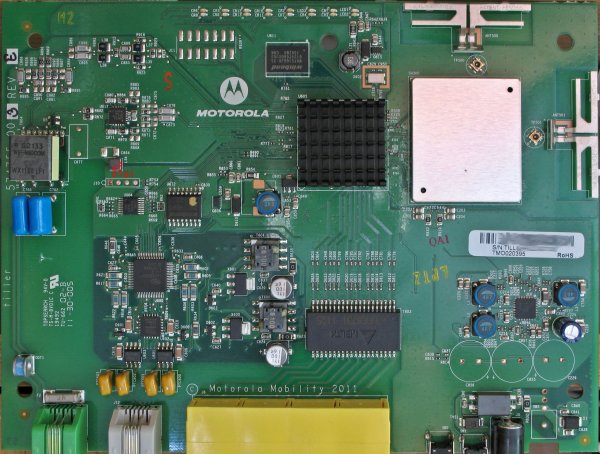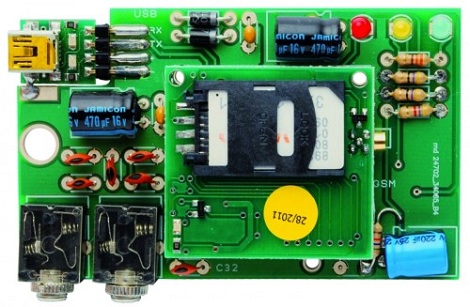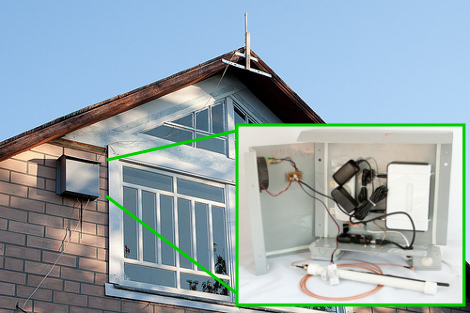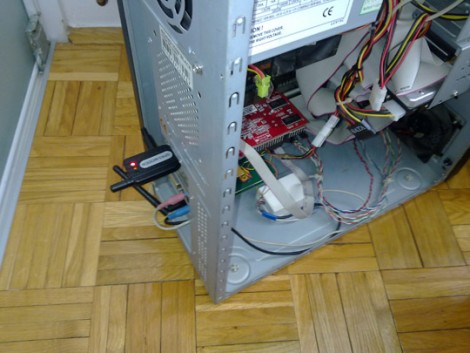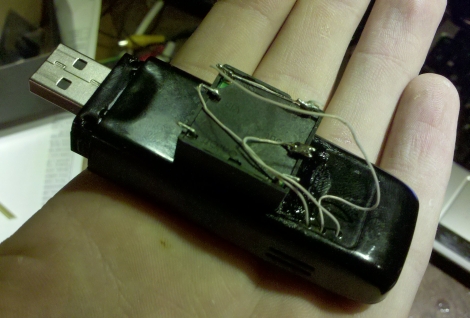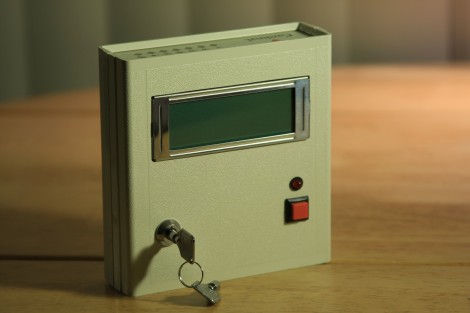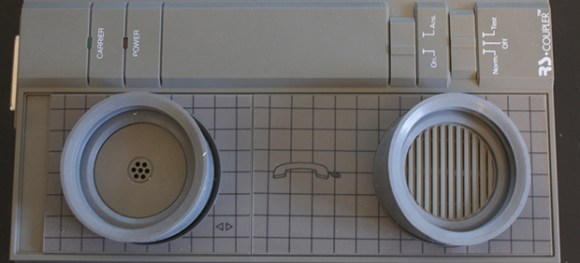
For a bottom of the barrel website like our retro edition, there’s little reason to have a fast Internet connection. Even the fastest hands in the land can barely type faster than 300 baud. The problem with low-speed connections is the overhead involved, as [Pierre] discovered when he dug out an acoustic modem from the ’80s and loaded up our retro site.
While this isn’t the first modem ever made – that’s 1960s tech – but it does operate at the same speed – 300 bits per second, or slower than you reading this sentence. [Pierre] stuck a desk phone into the modem’s cups, plugged it in to a phone line simulator, and connected to a Raspberry Pi equipped with another modem. From there, it was pretty easy to set up a terminal at 300 baud.
A serial connection isn’t a connection to the Internet, however, and at 300 baud, PPP is nearly impossible. The overhead of encapsulating packets is just that high. SLIP is a much better choice to send IP packets over a slow serial connection, but [Pierre]’s mac doesn’t include the proper tools.
[Pierre] ended up using the serial connection between his Mac and Raspi with Zterm. From there, Lynx and Bob’s your uncle.
There’s an unsurprisingly long video of [Pierre] loading up the retro site below, as well an unsurprisingly long video of speedtest.net running at 56k.
Continue reading “Hackaday Retro Edition: Hackadaying At 300 Baud”

